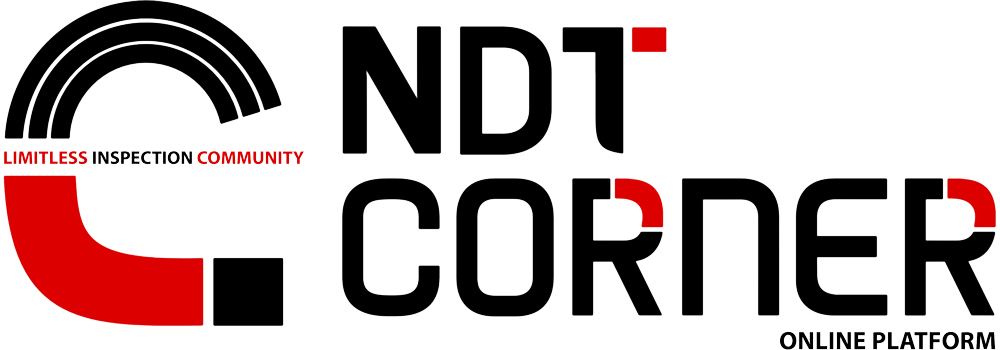
Risk Based Inspection – RBI
23 Nov 2022 Download PDF
What is the risk-based inspection?
The Risk-Based Inspection (RBI) was introduced by the American Petroleum Institute (API) as API PUBL 581.
It had three primary goals:
-
Define quantity and rank the risk of process equipment failure in order to target the most essential components in a process plant
-
Reviewing safety, environmental, and business-related risks in an economical manner
-
Reducing the likelihood and consequence of failure by allocating inspection resources to equipment carrying high risk
The major objective of the RBI is to provide the groundwork for managing risks through methods, coverage, and frequency of inspections. Since this entire course of inspection works on the basis of risks, hence it could occur from the equipment, operator, or even the environment.
One big change to this new edition of publication is the definition of an application boundary: fixed equipment in refining, petrochemical, chemical process plants and oil and gas production facilities.
There are two critical factors of risk analysis for RBI. First is the probability of failure (POF) assessment, through which the company evaluates the likelihood of failure due to damage, deterioration, or degradation. The second factor is a consequence of failure (COF). That represents how much it would cost if particular equipment or machinery breaks down.
1st. Probability of Failure (POF)
In the RBI theory, risk comprises of two parts. The first of which is probability of failure (POF). It is defined as the chance that a particular asset will fail during a given time while operations are being carried out. This way POF analyzes every possible area where damage can occur and from where the entire project has the potential to be compromised. POF is calculated for individual equipment by examining the potential damage mechanisms which it may be susceptible to.
2nd. Consequence of Failure (COF)
The second part of the RBI theory is the consequence of failure (COF) which estimates failure consequences arising from faulty or damaged mechanisms or parts of a system. The purpose of the COF is to categorize assets based on the potential failure significance. These are categorized in three groups: health and safety impacts, environmental impacts, and business impacts.
The overall risk is then defined as the combination of these factors – probability and consequence.
Risk = probability of failure (POF) x consequence of failure (COF)
How does the RBI approach work?
In the first step of a risk-based approach, inspectors have to collect information about the organization’s equipment and machinery. They should focus on aspects like the type of potential damages, error frequency rate, or the place where malfunctions occur.
There are 3 basic approaches to data collection for RBI:
Qualitative
Takes into consideration descriptive data based on the judgment and experience of inspectors
Quantitative
Inspectors base their assessment on statistics and probability
Semi-quantitative
Organization use both approaches (qualitative and quantitative) in risk analysis
In the next step, companies proceed with the risk analysis itself, taking the probability (POF) and consequence of failure into consideration. After this assessment, companies see which inventory can pose the highest financial and safety risks. Therefore, organizations can focus on these assets and flexibly adjust their inspection and maintenance plans.
The overall goal is to mitigate the number of critical failures by optimizing maintenance activities for high-risk equipment and saving resources on low-risk assets.
What are the benefits of risk-based inspections?
There are several advantages to risk-based inspections over reactive approaches:
-
Improving risk management by regular risk analysis assessments and its mitigation
-
Minimizing downtimes by preventing critical malfunctions
-
Saving money by deploying a more efficient inspection plan and reducing unplanned outages
-
Optimizing workforce resources by eliminating unnecessary inspections
-
Usage of inspection sources in a more economical way
-
Better visibility into the health of your critical assets
-
Reduction in the number of failures
-
Improvement in the reliability and efficiency of your equipment
-
Identification of operational risks that are associated with equipment degradation
-
Planning of maintenance activities while avoiding unnecessary shutdowns and delays
-
Compliance of used equipment with the environment as well as the safety regulations
-
Regular monitoring of equipment will lead to lesser technical malfunctions
Where can you utilize risk-based inspections?
The definition of risk-based inspection methodology was developed and introduced by American Petroleum Institute (API). The organization published the base resource document for RBI in 2000 as API PUBL 580. It provides readers the basic guidelines for developing and implementing an RBI program.
In the API RP 581 documentation, API defines for which areas is the RBI methodology intended. It specifies quantitative procedures for fixed equipment in:
-
Refining
-
Petrochemical plants
-
Chemical process plant
-
Oil and gas production facilities
The principles focus on equipment like pressurized fixed equipment, pressure vessels, piping, tankage, pressure relief devices, and heat exchanger tube bundles.
American Petroleum Institute updated the documentation in 2008 and 2016. The most recent version – API RP 581 – contains over 1,000 technical changes compared to the previous version.
Thanks to the available resources, companies in the energy, oil and gas, or petroleum industries follow RBI principles. Outside of the American Petroleum Institute, the European Commission also published a report covering risk-based inspection and maintenance principles (RIMAP) for European companies. And UK’s Health and Safety Executive (HSE) published their recommendations and best practices for risk-based inspection as well.
-
EN 16991: Risk-based inspection framework
-
API 580: Risk-Based Inspection - Recommended Practice (Third edition, February 2016)
-
API 581: Risk Based Inspection Methodology - Recommended Practice (Third edition, April 2016)
-
ASME PCC-3: Inspection Planning Using Risk-Based Methods
-
DNV-RP G101: Risk Based Inspection Of Offshore Topsides Static Mechanical Equipment
-
EEMUA 159: Chapter 17 - RBI methodology for aboveground storage tanks
-
EPRI TR-112657: Revised Risk-Informed Inservice Inspection Evaluation
-
NCHRP Report 782: Proposed Guideline for Reliability-Based Bridge Inspection Practices
-
RIMAP – Risk Based Inspection and Maintenance Approach
